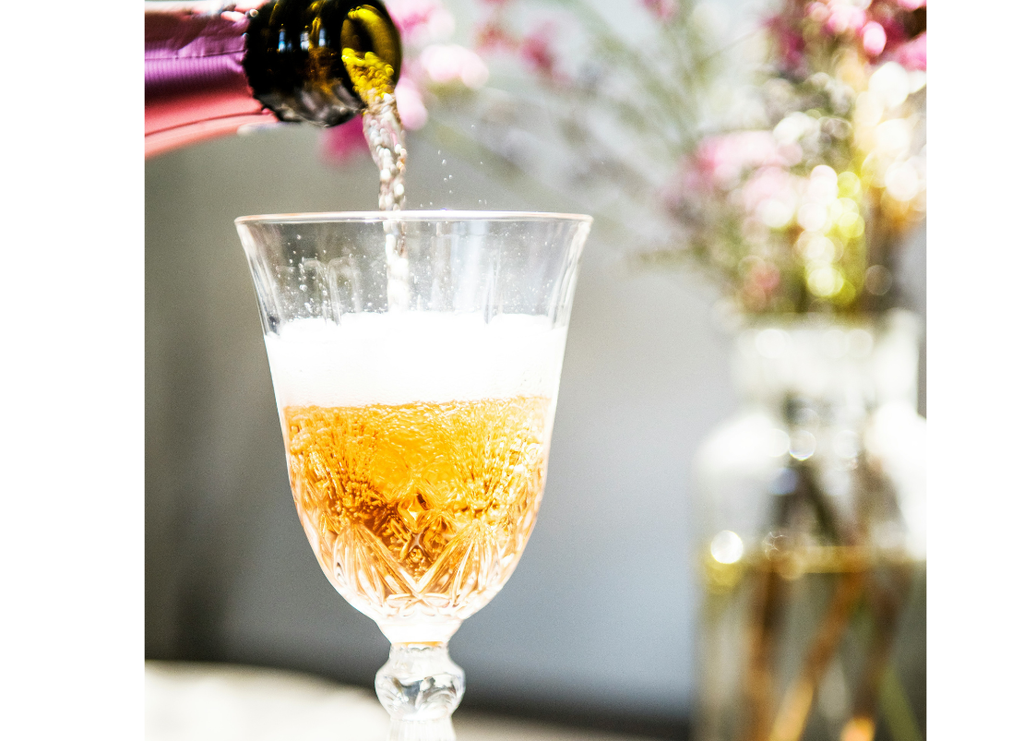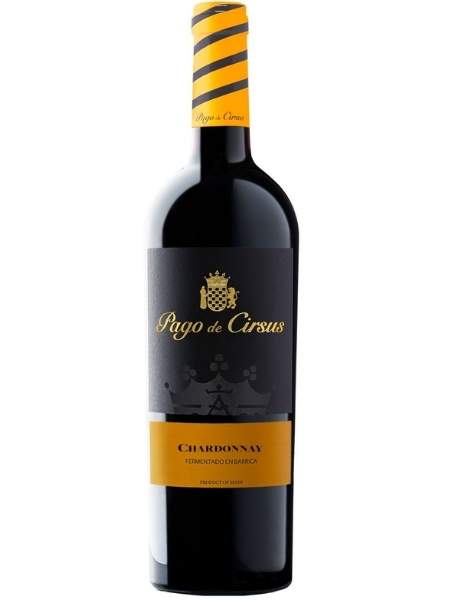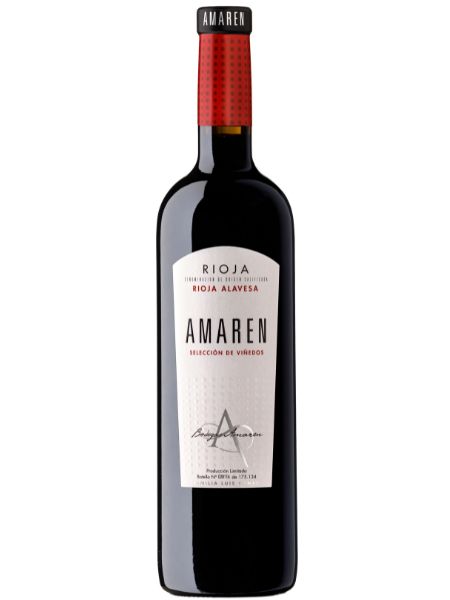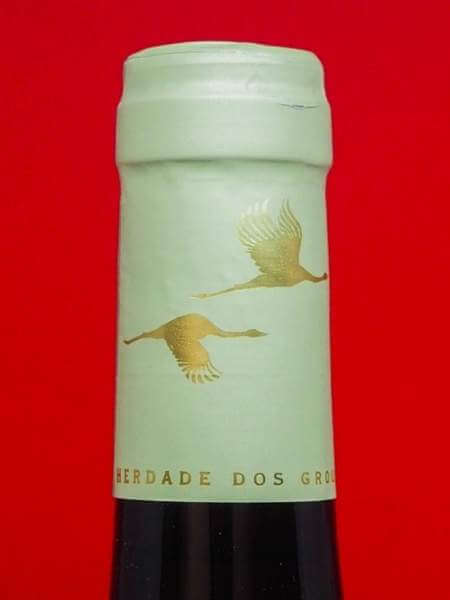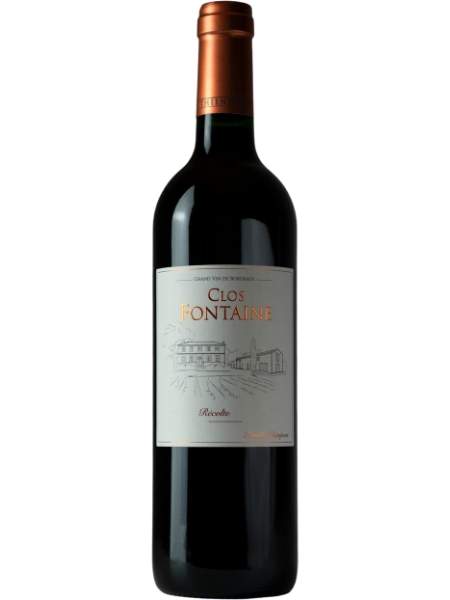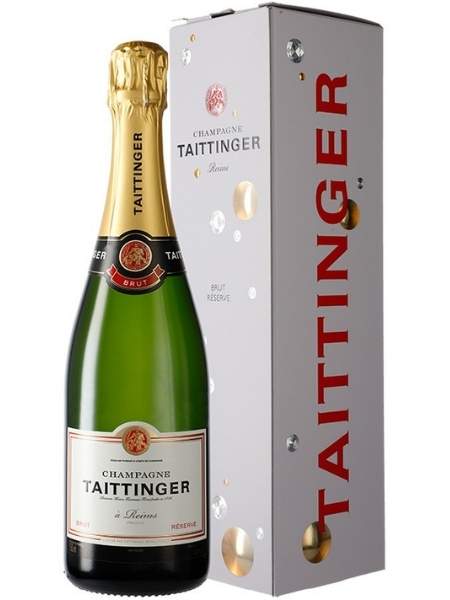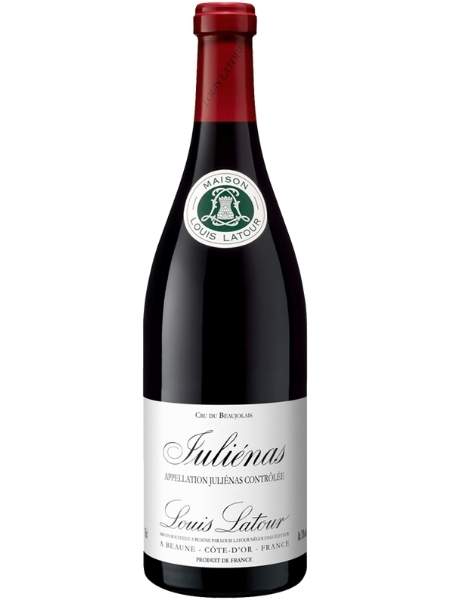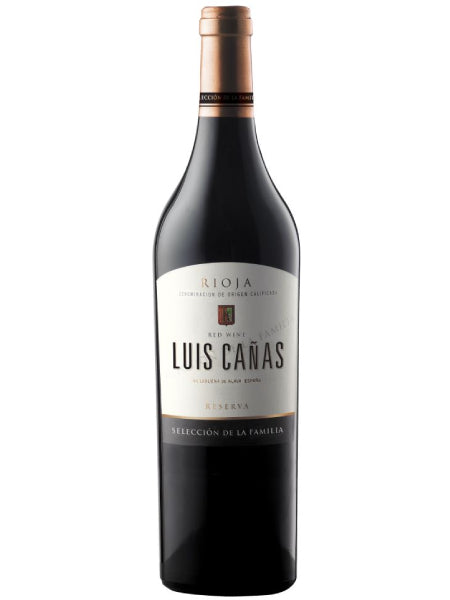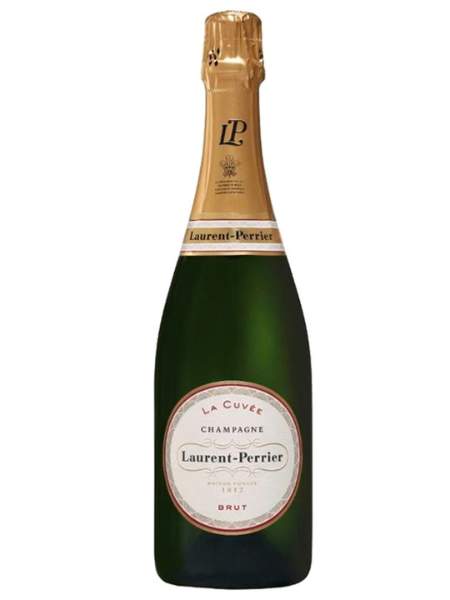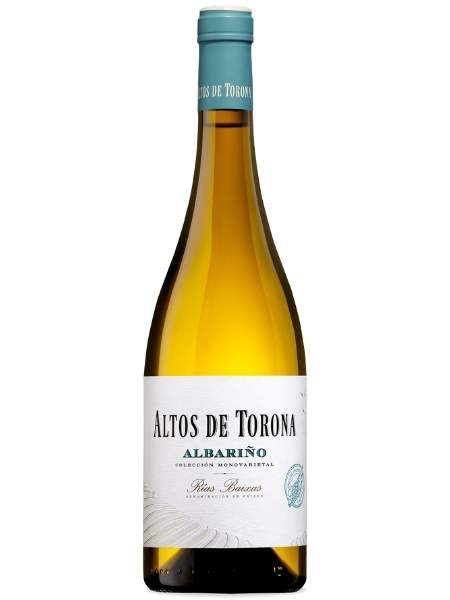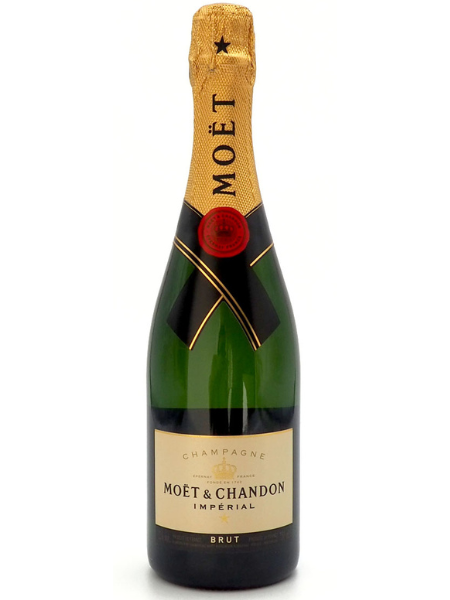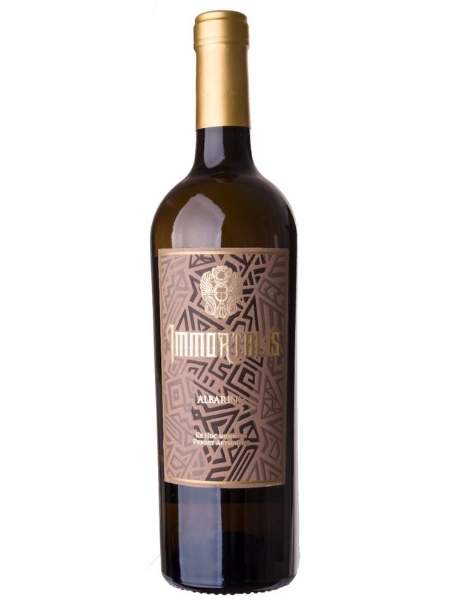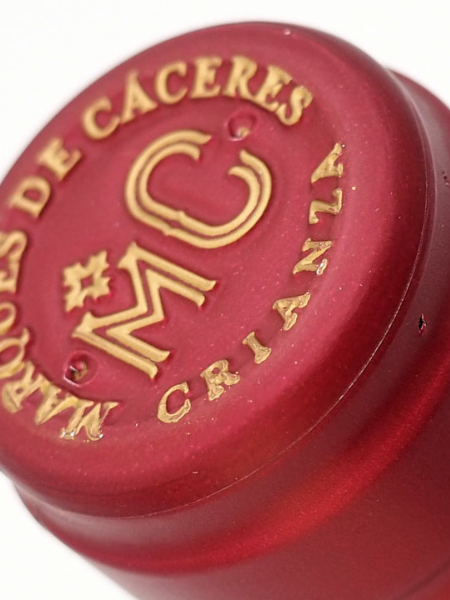
Château Pavie Macquin

A.O.C Saint Emilion Grand Cru Classe
France
Château Pavie Macquin is located at the heart of the famous denomination of origin A.O.C Saint Emilion. This winery has a long family history.
It all started with Albert Macquin, an agricultural engineer, when he purchased in 1887 the châteaux of La Serre, Peygenestou (5 hectares), Pavie-Chapus (3.7 hectares), Pavie-Pigasse (5.7 hectares) as well as others, totaling then Château Pavie-Macquin’s approximately 26 hectares.
Albert Macquin was a renowned agricultural engineer who made significant contributions to the recovery of St Emilion vineyards in the late 1800s. He popularized grafted plants which helped restore ravaged vineyards that had been destroyed by phylloxera infestations. It is clear that Mr. Macquin truly deserved to be recognized as a "man of reconstruction".
His advocacy of Vitis berlandieri, which proved far more resistant to chlorosis than other varieties, led to the production of over one million plants during 1887.
In addition, he developed rigorous scientific monitoring techniques for assessing vine plots. These advances earned him great respect among his peers and throughout the region.
Even today, the château is owned by his grandchildren, as well as their own children - the Corre and Charpentier families - demonstrating their deep attachment to this remarkable terroir and commitment to preserving their ancestor's legacy.
The team at Château Pavie Macquin have undergone a rigorous process to develop high-quality viticulture and refine its personality. Thanks to the hard work and dedication of the winemaking staff, their efforts were rewarded in 2006 when it was accorded the prestigious rank of Premier Grand Cru Classé status, an accolade that was reaffirmed in 2012. It is an impressive accomplishment for any wine producer and stands as testament to their commitment to excellence.
The renowned Pavie Macquin terroir is characterized by a unique combination of power and minerality. This can be attributed to the soils, which are composed mainly of limestone-clay.
These soils express different aspects of the terroir through their vines, depending on the strength of the clay, as well as its proximity to an asteriated limestone layer found between 20 cm and 150 cm below ground level.
This late-ripening character is further accentuated by the vineyard's location on a limestone plateau with strong clay. These soils have large water-retention capacities which leads to slow heating up and delayed budding; this phenomenon is reinforced by the plateau’s position.
The quality of the clay together with the exceptional water regulation provided by the underlying limestone slab balance out this relatively “poor” vineyard, thus creating a genuine “terroir of character” which aptly has been referred to as “Cistercian”.
Discover their excellent wine here!




